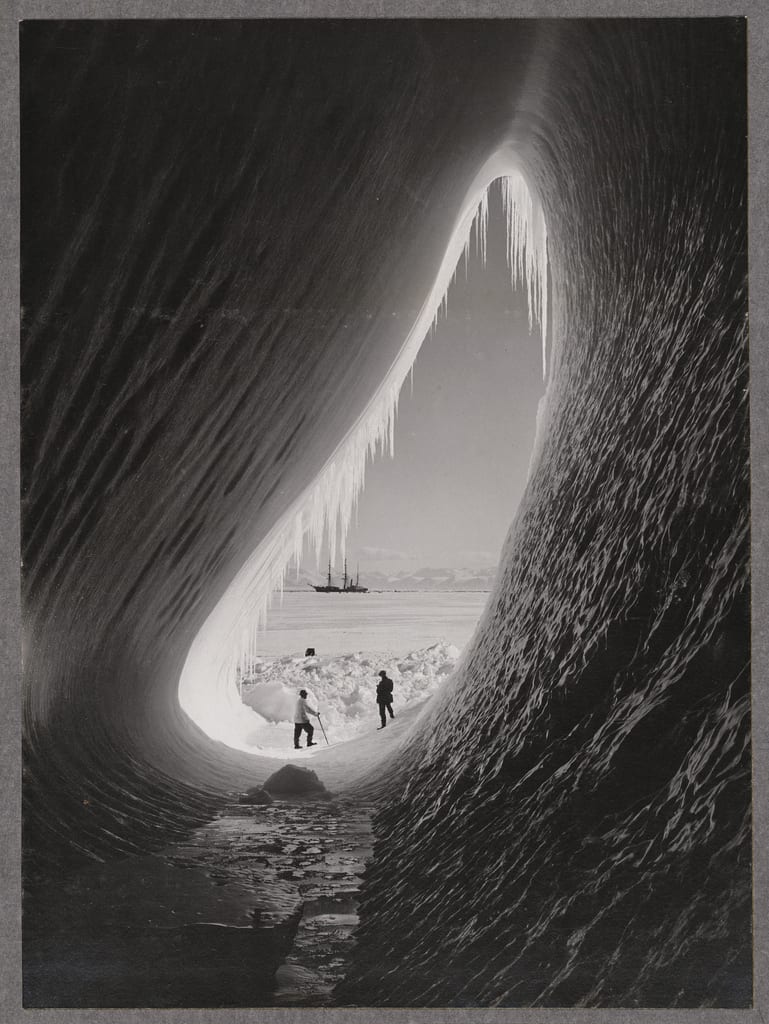Farthest South
for Orchestra
Instrumentation
3(picc).3(EH).3(3 dbl. bcl).3(cbn) 4.3.3(btn).1 hp.cel timp+3perc str
Program Note
The term farthest south refers to the most southerly latitudes reached by explorers during the so-called “Heroic Age” of Antarctic Exploration prior to the conquest of the South Pole in 1911. Ernest Shackleton’s “Nimrod Expedition” of 1907-09 reached a latitude of 88° 23′ S. This was, by far, the farthest south reached at that time.
What is largely unknown about this expedition, however, is the unusual encounter made by Shackleton and his company. While traversing atop Beardmore Glacier, a monumental discovery by the Nimrod Expedition (which sits at approximately 83° S, farthest south at that time), they came into view of an awesome sight; an expansive and glorious field of curious glass structures, between four and fifteen feet in height. They were immaculate, crystalline, impeccably smooth, and laid out with meticulous and symmetrical coordination, reminiscent of the quiet solemnity of a cemetery. When the sunlight rose above the surrounding mountain ranges and hit these fantastic monuments, a brilliant diffusive gleam of light filled the glacial valley, and illuminated everything it touched with the brightest white light imaginable. Even more curious is that the arduous Antarctic weather seemed to have no erosive effect on the cleanliness of these structures. Analysis shows that they have been sitting like this, unblemished, for at least the past 4,000 years. It is still unknown who built or arranged them.
It seems that a change is needed in the farthest south record book.
Premiere
July 2016
Commissioned by
Premiered by the New Jersey Symphony Orchestra in July 2016, David Robertson, conductor
Recordings
- Read by the Albany Symphony Orchestra in June 2016, David Alan Miller, conductor
- Premiered by the New Jersey Symphony Orchestra in July 2016, David Robertson, conductor
